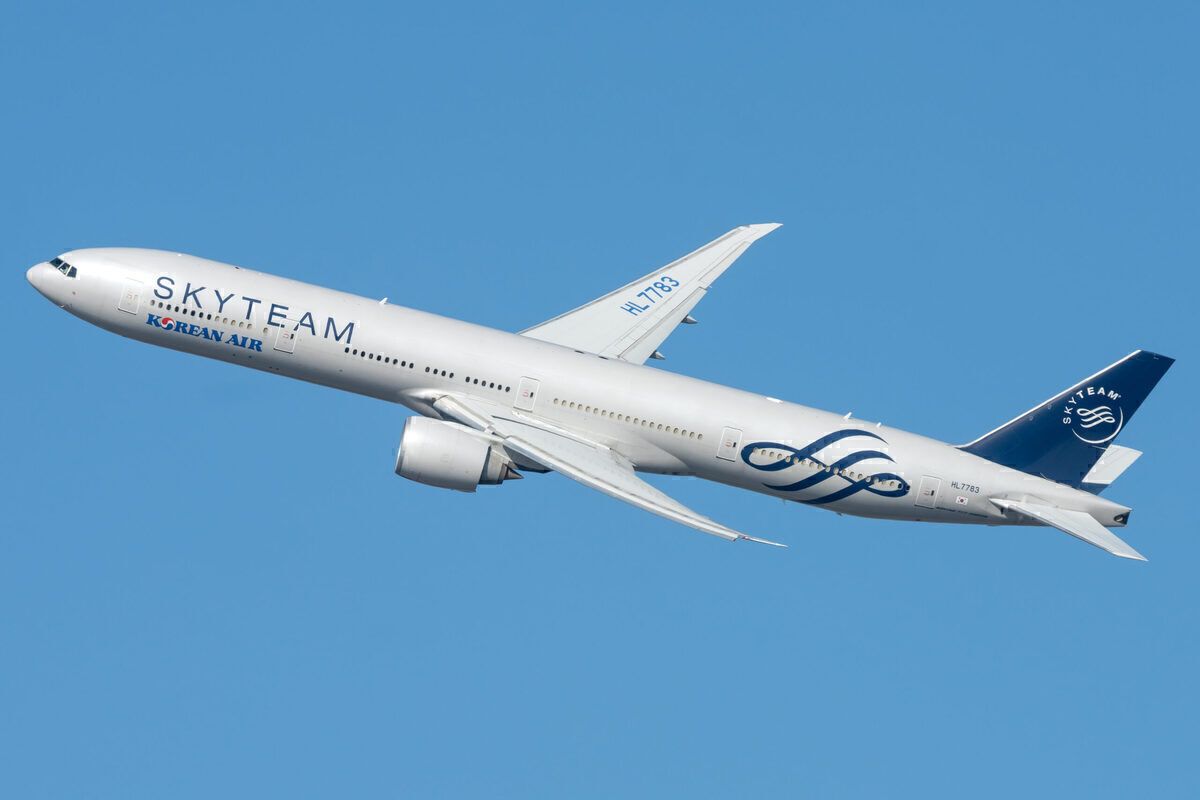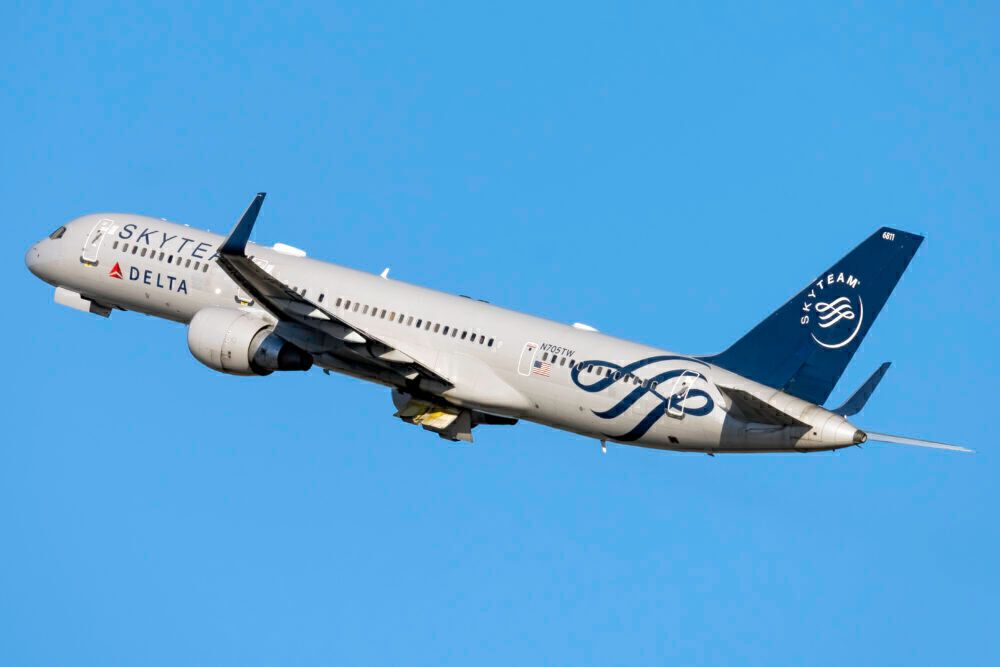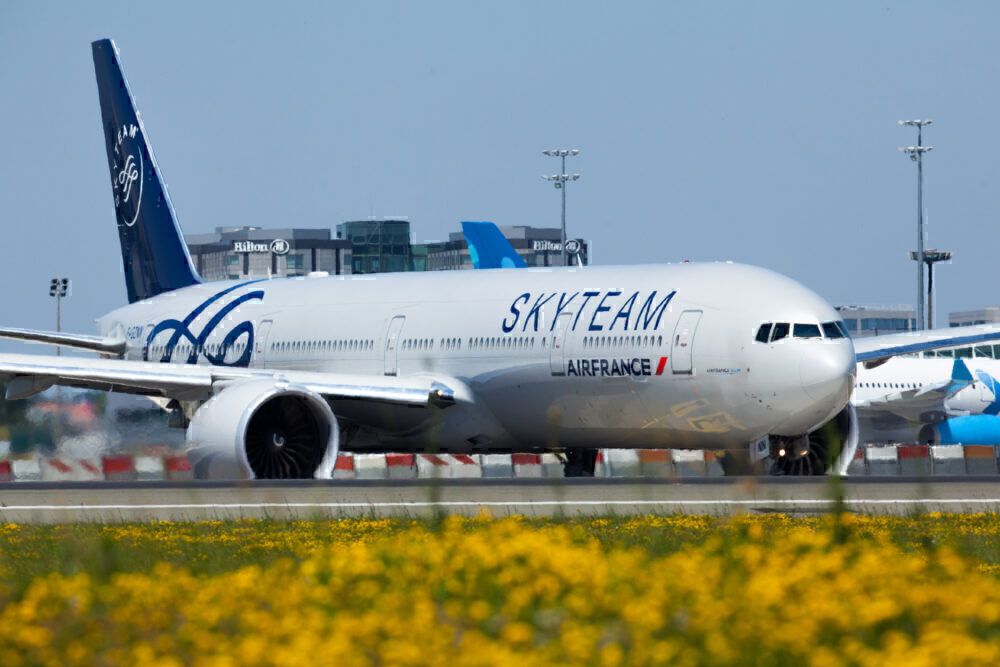Today marks the 21st anniversary of the SkyTeam alliance. The alliance is the youngest of the three major groups and boasts the second-highest passenger volume. Let's find out more about the alliance's history and current members.
History
Today, June 22nd, marks the anniversary of the SkyTeam alliance. Founded in 2000 by Delta, Aeromexico, Air France, and Korean Air, the alliance was a direct response to the two preceding ones (Star Alliance and oneworld). Notably, SkyTeam also has a cargo subsidiary that was founded in the same year, a first of its kind.
Right off the mark, the alliance quickly began adding members, including in some very influential markets. Czech Airlines and Alitalia both joined in 2001. While the events of 9/11 slowed the industry down, the alliance continued to expand its membership. In North America, Continental and Northwest Airlines both joined, growing SkyTeam's presence greatly.
In 2004, China Southern announced plans to join SkyTeam, providing access to the rapidly expanding Chinese domestic and international markets. This access to China was further bolstered when China Eastern joined the alliance in 2010, another huge boost.
SkyTeam's presence in Europe continued to grow and rival the Star Alliance's. Aeroflot, KLM, and Air Europa all joined between 2006 and 2007. The same year saw Kenya Airways joining the alliance, the first African airline and an opportunity to connect to and from the continent in the future.
Stay informed: Sign up for our daily and weekly aviation news digests.
Bumps in the road
While the SkyTeam has seen an impressive growth, there have been some significant losses along the way too. Continental Airlines left the alliance to join Star and later merged with founder United, a serious blow to the US presence. However, Delta's merger with Northwest ensured that SkyTeam continued to be a major force in the country in an era of mergers.
The exit of China Southern on 31st December 2019 was another loss for SkyTeam. Tensions had been brewing due to the presence of competitor China Eastern, which had strong ties with members like Delta, Air France, and KLM. As China's largest airline and second to only Delta by fleet size, the exit left a mark.
Aside from these three shifts, SkyTeam has not lost any other members. This is far fewer than its two competitors, both of which have lost airlines to bankruptcies, restructuring, and other reasons. For now, SkyTeam continues to grow its presence in Asia and the Middle East as they emerge as major regions.
In a statement on its 21st anniversary, Korean Air CEO and SkyTeam Chairman Walter Cho said,
"Over 21 years, SkyTeam has created value for members and their customers. We will continue to leverage our position to find synergies and more ways to improve our cooperation, products and services to help members build back stronger, including adopting technology to help get the world moving once more."
Today
Currently, SkyTeam has 19 member airlines. These range in size from giants like Delta to growing airlines like Middle East Airlines. The current members are:
Аeroflot, Aerolineas-Argentinas, Aeromexico, Air Europa, Air France, Alitalia, China Airlines, China Eastern, Czech Airlines, Delta Air Lines, Garuda Indonesia, Kenya Airways, KLM, Korean Air, Middle East Airlines, Saudia, TAROM, Vietnam Airlines, XiamenAir.
In 2019, the alliance carried an impressive 630 million passengers to 1,150 destinations in 175 countries. While the last year has been challenging, the alliance will undoubtedly bounce back and continue to serve its millions of passengers.
What do you think about the SkyTeam alliance? Have you flown with any of its airlines? Let us know in the comments!



